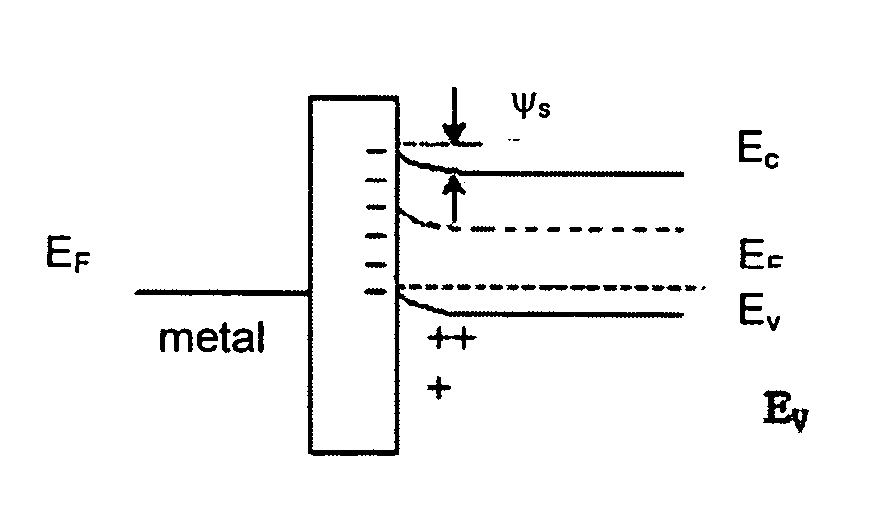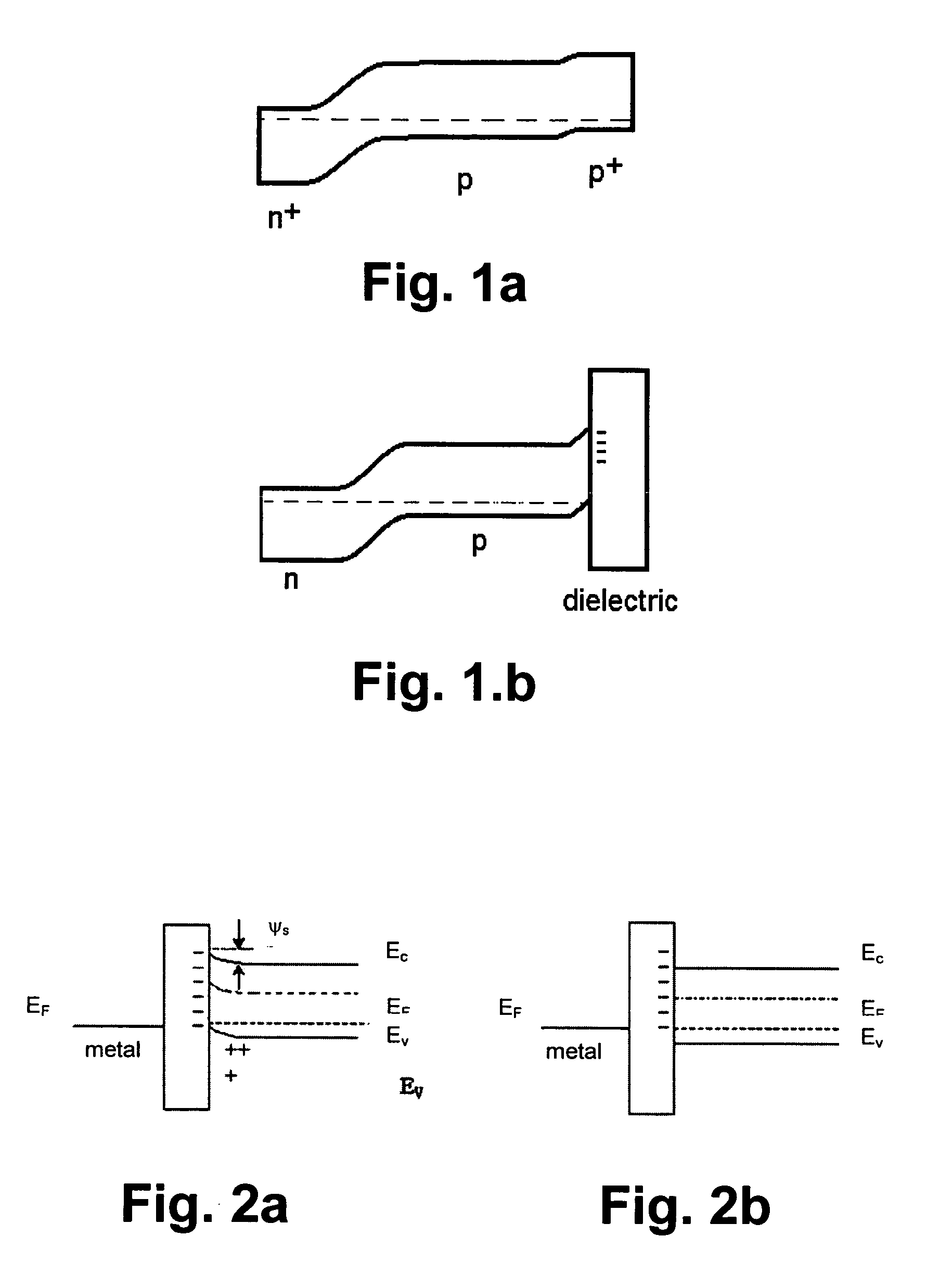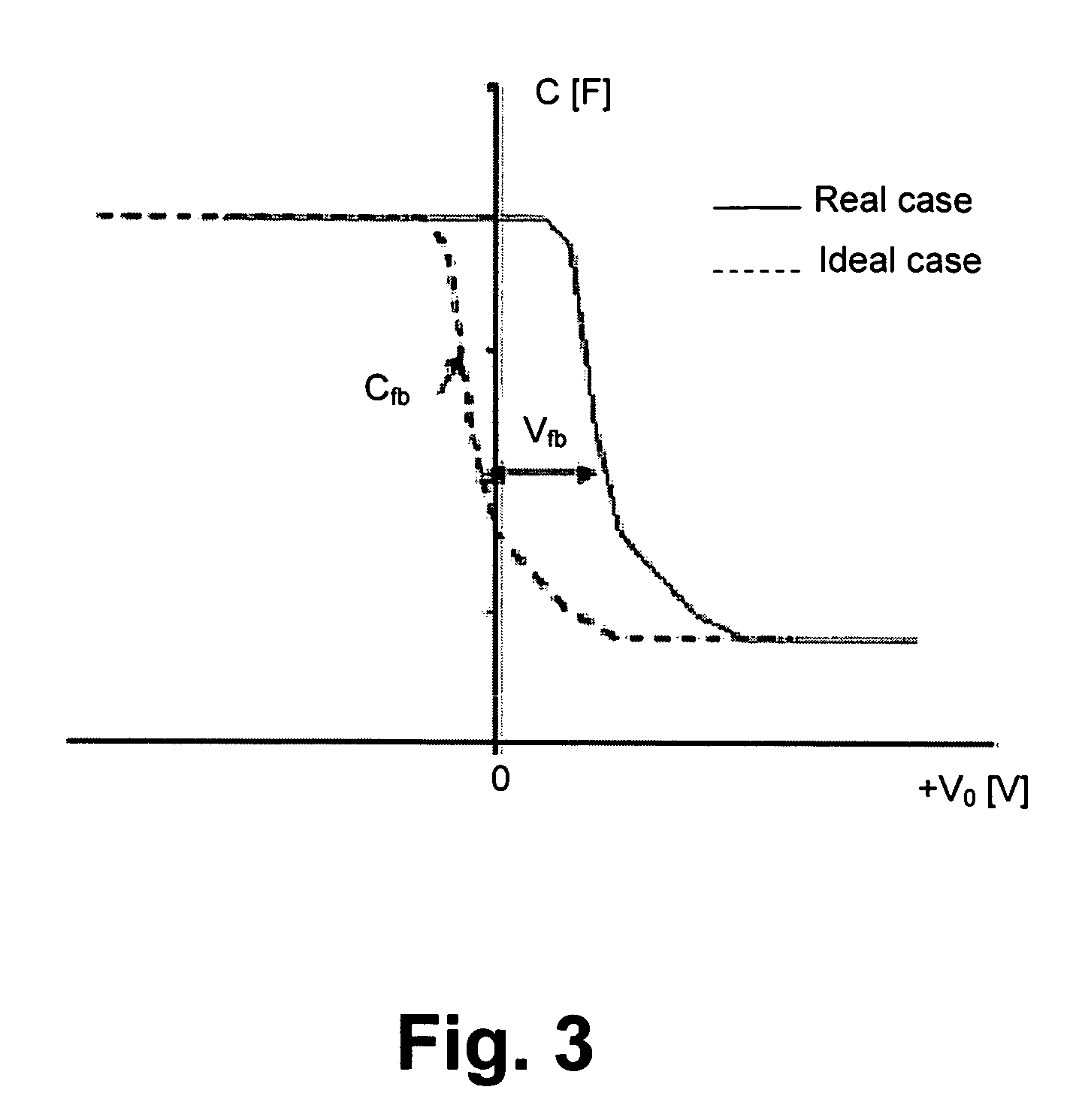Method for backside surface passivation of solar cells and solar cells with such passivation
a solar cell and backside surface technology, applied in the field of semiconductors, can solve the problems of increasing the cost of solar cells, increasing the technological steps and costs, and affecting the production efficiency of solar cells, and achieve the effect of easy manufacturing
- Summary
- Abstract
- Description
- Claims
- Application Information
AI Technical Summary
Benefits of technology
Problems solved by technology
Method used
Image
Examples
experiment 1
1 or 2 layers of (Al2O3)x(TiO2)1−x were deposited on the backside of 16 wafer in 4 samples groups. The procedure scheme includes different temperature annealing. The samples were treated further by technological processes in IMEC for solar cells fabrication.
experiment 2
Al2O3)x(TiO2)1-x films were deposited on both sides of 8 wafers (CZ—Si p-typed). The experiments were made according to the following scheme: 4 wafers were annealed at low temperature (only 350° C.); 4 wafers were annealed at low and high temperature; in IMEC, the samples were treated additionally and were measured with QSSPC method for evaluation of the surface recombination velocity of the dielectric / silicon interface.
experiment 3
Experiments with 6 samples were realized according to the scheme:
TABLE 9Number ofThickness dRefractiveLifetimeWafer Nolayers[Å]Index n[μs]2One 5921.5812.73One 5901.5810.414 / 10Two11111.620.59Two11521.6354Three14511.6925.915 / 10Three15031.65621.7
All the samples are annealed at 750° C. for 1 hour. The purpose was to estimate the effect of film thickness on the results from QSSPC measurements. The best results for effective lifetime are for films with thickness d=110-120 nm (see the table). In principle, the effective lifetime in Si should not depend on dielectric layer thickness. All the films with different thickness were annealed at one and the same high temperature (750° C. / 1 h) so a different density of the recombination centers in semiconductor cannot be expected. On the other hand, the surface recombination velocity should not depend on the thickness of the passivation layer.
PUM
| Property | Measurement | Unit |
|---|---|---|
| Temperature | aaaaa | aaaaa |
| Molar ratio | aaaaa | aaaaa |
| Semiconductor properties | aaaaa | aaaaa |
Abstract
Description
Claims
Application Information
 Login to View More
Login to View More - R&D
- Intellectual Property
- Life Sciences
- Materials
- Tech Scout
- Unparalleled Data Quality
- Higher Quality Content
- 60% Fewer Hallucinations
Browse by: Latest US Patents, China's latest patents, Technical Efficacy Thesaurus, Application Domain, Technology Topic, Popular Technical Reports.
© 2025 PatSnap. All rights reserved.Legal|Privacy policy|Modern Slavery Act Transparency Statement|Sitemap|About US| Contact US: help@patsnap.com



